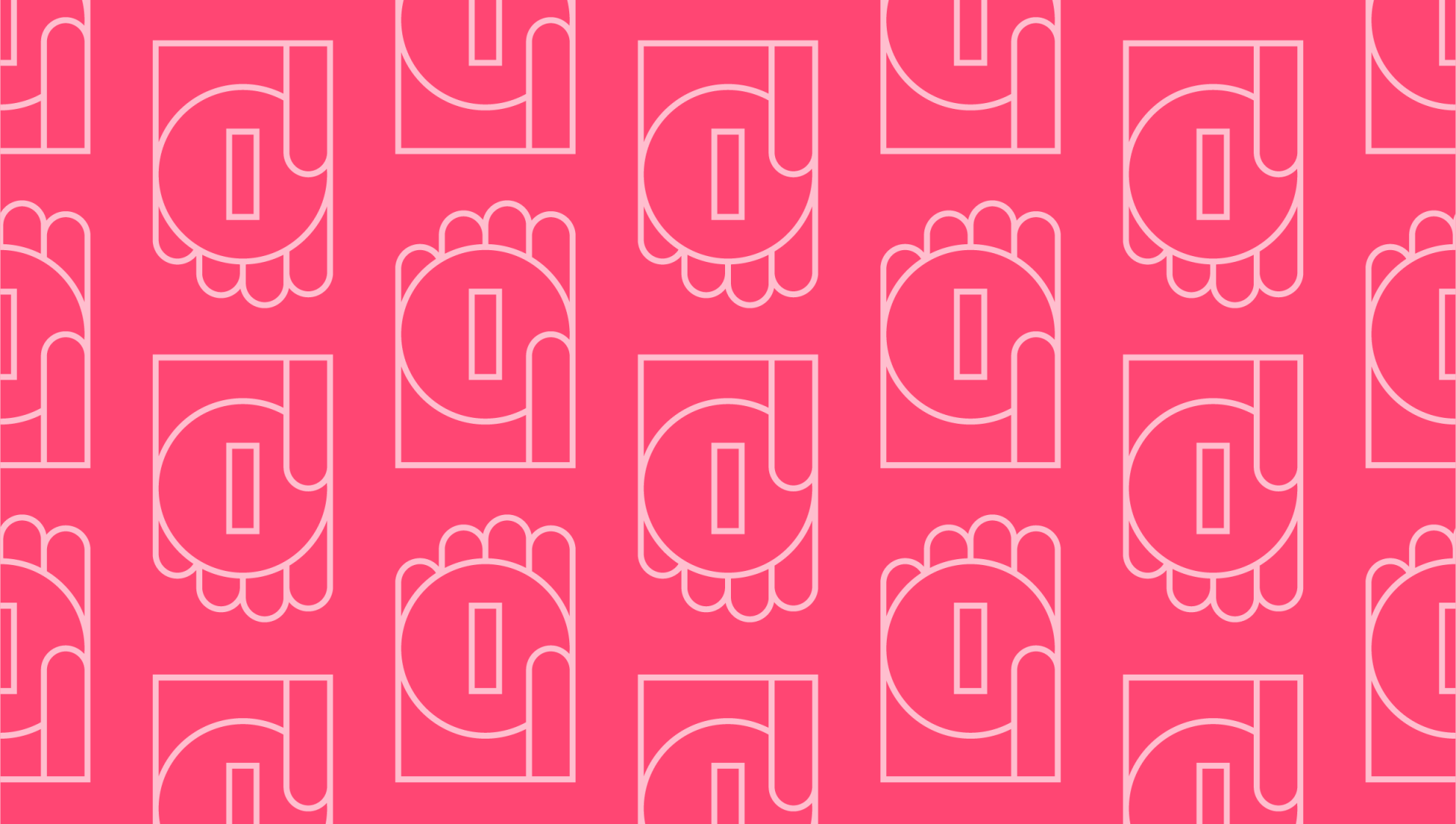Last editedDec 20212 min read
Check clearing refers to the process of moving funds from one account to another in order to settle a check payment. It’s often referred to as the “clearing cycle”. But how does the check clearing process work exactly? In this post, we’ll take you through the check clearing process steps, what’s involved and how long it usually takes.
Check clearing process
As already mentioned, check clearing is the process through which funds are transferred from one account to another. The bank belonging to the account holder making out the check is known as the drawing bank, while the bank of the account holder receiving the funds is known as the depositing bank. The check will move from the deposit bank to the drawing bank as part of the check clearing process.
The process starts when a check is deposited to a bank. The bank will then set about contacting the drawing bank. The check is cleared when the depositing bank has received the check and funds from the drawing bank.
Initially, banks sent physical checks to each other, but now they typically send scans and images of checks to make the bank check clearing process more efficient.
Usually, the check clearing process is completed in up to five working days. However, in the instance that there are insufficient funds in the check-writer’s account at the time of payment, the check cannot be cleared.
The bank check clearing process can be much faster if both the payee and the receiver have accounts with the same bank. Transfers of this nature can be processed as swiftly as a single working day.
The Check 21 Act from 2004 has also helped to make check clearing a more streamlined and time efficient process.
Check clearing process in the USA
The check clearing process in the USA is very clear with regards to the law and it is illegal to write a check knowing that you have insufficient funds on your account for it to clear successfully. In fact, this fraudulent practice is known as check kiting. You therefore must ensure that you have enough money on your account before trying to make payments using your checkbook.
Writing a check
After writing a check, you will usually see the money taken from your account within two to three days of the recipient taking the check to the bank. Until this time, it is essentially just an “I owe you”. However, as soon as you write a check you must consider the funds as already subtracted from your account and refrain from spending it and therefore impeding the check clearing process. If you are writing a number of checks and you are unsure how much of the money on your account is available to spend, it is advised that you balance your checking accounts. This can be done either electronically or on paper.
Before the money physically leaves your account, it may be marked as “outstanding”, “in process” or “upcoming” on your account. It is sometimes still possible to spend the money at this point, but if you do you are committing fraud and may find yourself unwittingly entering into an overdraft. Taking advantage of the float in this way can also lead to the check bouncing.
Receiving a check
A check that somebody has written you has technically cleared as soon as the deposit bank has transferred the money to the drawing bank (i.e. your bank) and the funds are marked as available on your account.
Sometimes the money is available for you to spend and withdraw before the check has fully cleared. If you have already spent some or all of the money and the check ends up ultimately bouncing, then you will be responsible for paying that money back. It’s less risky, therefore, to wait until the check clearing process steps are complete before spending the money, unless you have complete trust in the source of the check.
We can help
GoCardless helps you automate payment collection, cutting down on the amount of admin your team needs to deal with when chasing invoices. Find out how GoCardless can help you with ad hoc payments or recurring payments.

